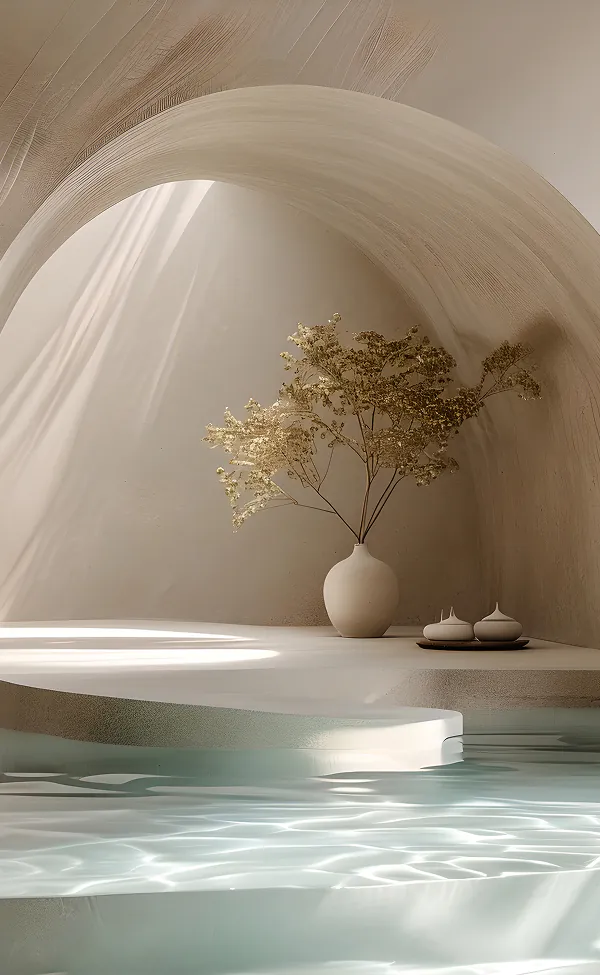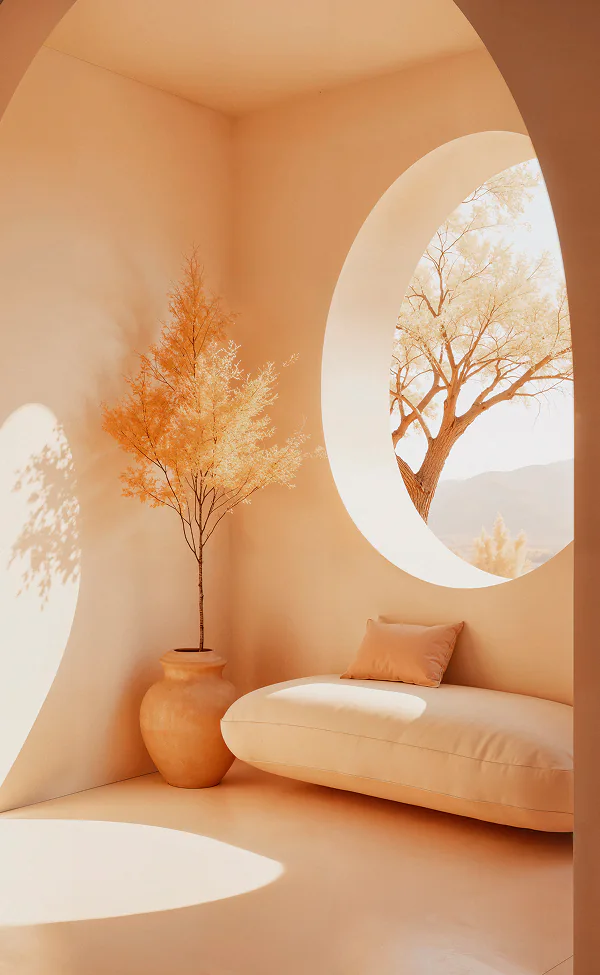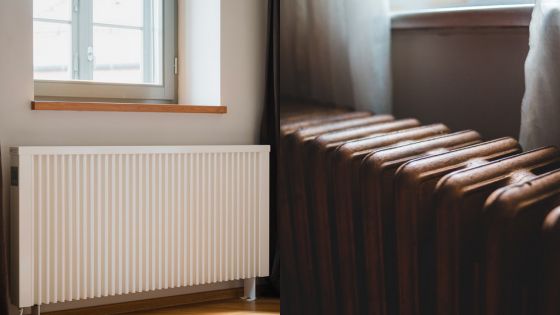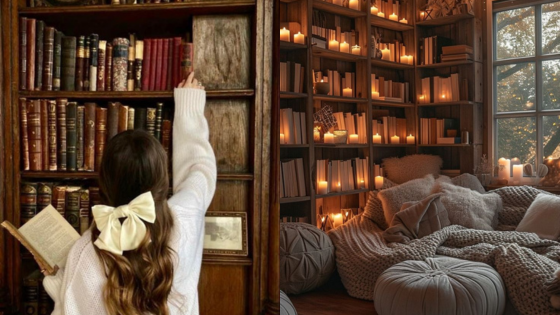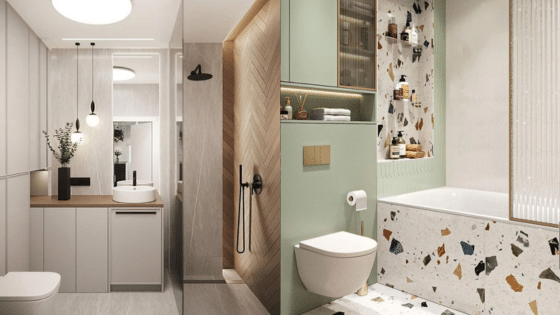
Moving to a smaller home isn’t usually on anyone’s dream list. Most people don’t wake up wishing for less closet space or fewer rooms to spread out in. But life changes—jobs shift, expenses grow, and families evolve. And for many in cities like Portland, the rising cost of living can make staying in a large home more stressful than it’s worth. It’s tough to leave behind the perks of a place like Portland—lush parks, easy access to the coast, and weather that invites you outside all year round. Still, when square footage becomes a luxury you can’t justify, it’s time to rethink what “home” really means.
So, if you’re thinking about or are moving to a smaller space, let this article be your guide to embracing a smaller home without sacrificing comfort or style.
Declutter with Purpose: Take Only What You’ll Use
Decluttering before a move isn’t just about tossing out the junk drawer. It’s about making smart decisions on what deserves space in your new home. Go to each room and ask yourself what you’ve actually used in the last year. If it hasn’t come out of the closet, it probably doesn’t need to come to the new house.
Living in a place like Portland, with its relatively pleasant weather, makes things easier. You might not need heavy snow gear or bulky seasonal items. But if you’ve got outdoor furniture you love or gear for summer hikes, those items might be worth holding on to—as long as you’ve checked whether they’ll fit your new layout. This process does more than lighten the load. It also helps reduce moving costs. Movers price based on volume and weight, so knowing exactly what you’re taking lets you get a better estimate and avoid surprises. It also gives your Portland moving company a clearer idea of the logistics, which makes the entire transition smoother.

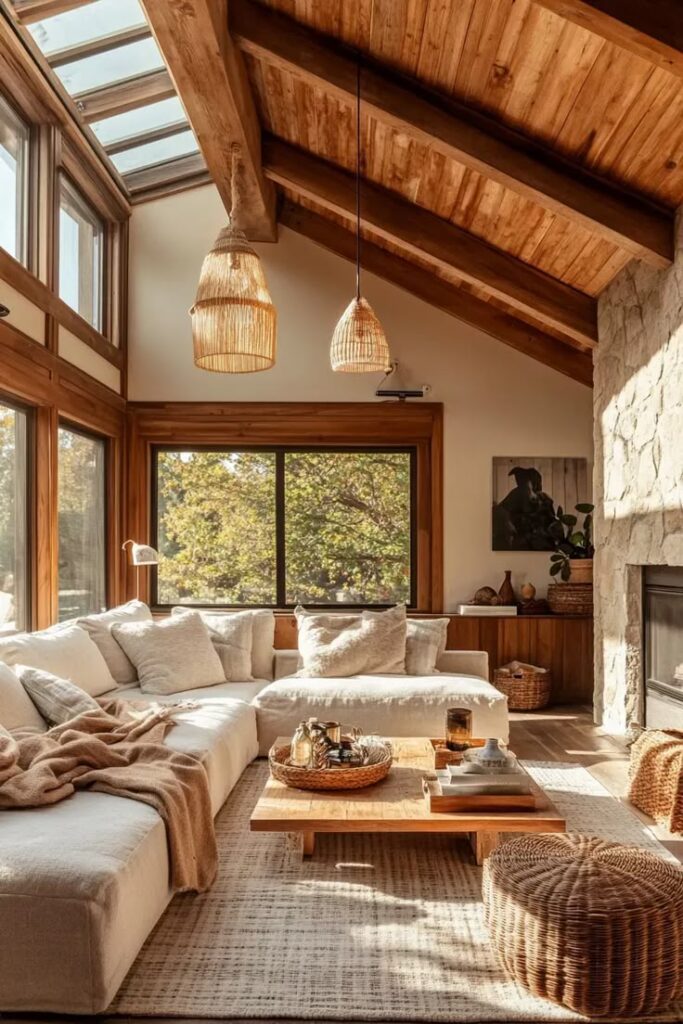
Think Vertically: Use Your Walls for Storage and Style
When floor space is limited, your walls become your secret weapon. From shelves and hooks to fold-down desks or tables, vertical space helps you keep things off the floor without sacrificing convenience. A row of floating shelves in the kitchen can hold spices and plates while doubling as display space for mugs or plants.
Entryways often benefit from wall hooks for coats and bags, keeping the floor clear and the area looking neat. Even in the bathroom, wall-mounted shelves can replace bulky cabinets. The trick is to balance storage with aesthetics. Think of your vertical storage as an opportunity to highlight your style. Whether it’s books, art, or travel souvenirs, the things you display should serve a purpose and spark joy.
Choose Multi-Functional Furniture That Works Overtime
When space is tight, every piece of furniture needs to earn its keep. A coffee table that lifts to become a desk, a bed with drawers underneath, or a bench that opens up for storage can help you avoid clutter and keep your living area flexible. Multi-functional furniture gives you options—especially useful when your living room might need to serve as a guest room or workspace at times.
Look for clean lines and movable parts. Furniture on wheels, foldable designs, or modular pieces can shift easily as your needs change. This doesn’t mean you need to go ultra-modern or minimalist.
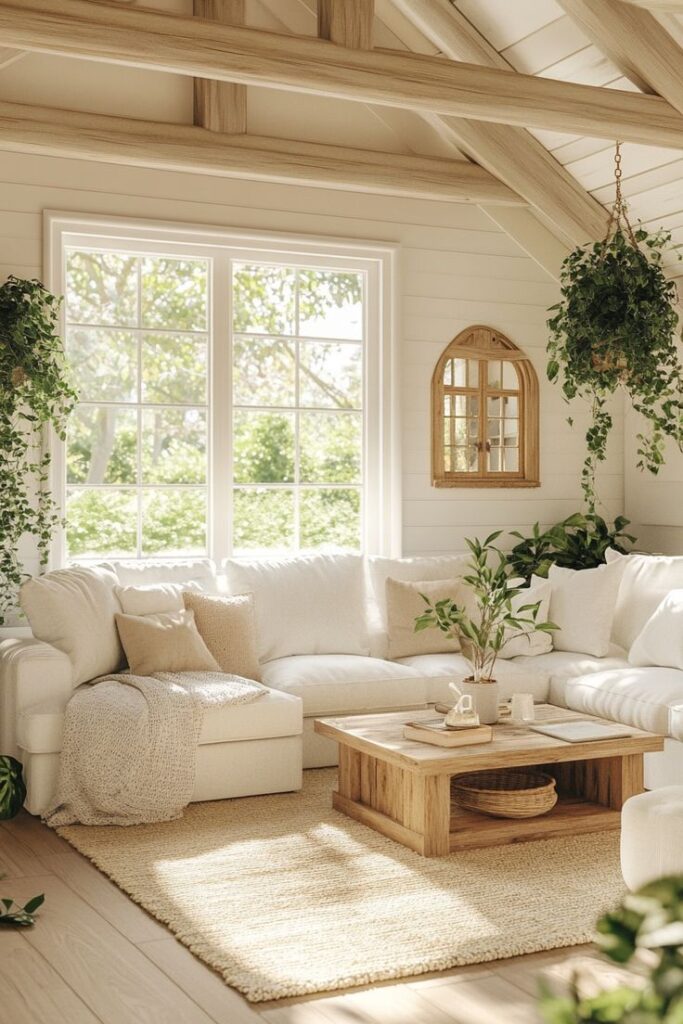
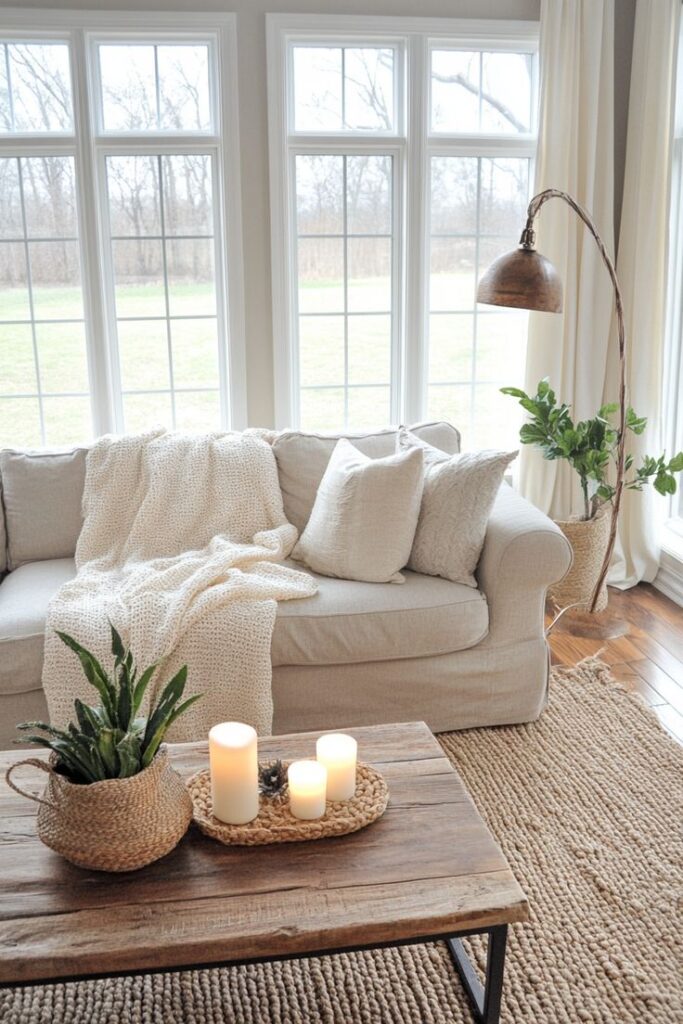
Embrace Light and Mirrors to Open Up Your Space
Good lighting makes any space feel bigger. Take full advantage of natural light by keeping window treatments minimal. Light curtains or sheer panels allow sunlight to pour in, which makes a room feel more open. Strategic use of mirrors can double that effect. Place them across from windows or behind statement furniture to reflect both light and space.
You don’t need to go overboard with white walls and bare surfaces. Instead, choose light, warm tones for walls and soft furnishings. These colors reflect more light and help maintain a cozy but open feeling. Lighting fixtures also matter—opt for layered lighting like a mix of floor lamps, pendant lights, and task lighting to avoid dark corners and shadows.
Create Zones in Open Spaces
When you move into a smaller home, especially one with an open floor plan, it’s easy for the space to feel like one big multipurpose room. But what you should do is create clear, intentional zones within that open space. You don’t need walls to define spaces—you just need a few visual cues.
Use rugs to anchor areas and signal a shift in function. A soft rug under the coffee table defines the living space, while a small bistro table with different lighting can create a cozy dining corner. A bookshelf, screen, or even a tall plant can serve as a natural divider between areas without closing anything off. It’s all about subtle separation.
Edit Your Decor: Less Clutter, More Character
Decorating a smaller space doesn’t mean you need to strip it of personality—it just means being more thoughtful about what you display. Instead of filling shelves and walls with lots of little items, pick a few pieces you truly love. Let those items tell your story. Whether it’s a painting you picked up on a trip or a vintage vase from your grandmother, those personal touches go further in a space that isn’t crowded.
Stick to one or two focal points per room and build around them. Avoid decor that’s purely filler. When every piece has a purpose or a memory behind it, your home feels more curated and comfortable.
Maximize Closet and Cabinet Space with Organizers
Closet and cabinet space can disappear fast in a small home, but smart organizers can stretch that storage way further. Stackable bins, pull-out baskets, and drawer dividers all help keep things accessible and tidy. Use clear containers when possible so you can see what you’re working with without rummaging.
In closets, hanging organizers, shoe racks, and shelf dividers can double your storage without any renovation. Over-the-door options are great in bathrooms and bedrooms—especially when there’s no space for extra furniture. When every inch counts, a little structure goes a long way.
Don’t Rush—Let Your Style Settle In
It’s tempting to want everything “done” the moment you move in. But smaller homes benefit from slow decorating. Live in the space, notice how you use it, and let the design evolve naturally. You’ll make better decisions when you actually understand how the space functions day-to-day.
Leave room for change. That wall might feel bare now, but maybe later, it will become the perfect place for a piece of art you will discover months from now.
A smaller home doesn’t mean less life—it means a more focused, intentional one. Living comfortably in less space shouldn’t be about squeezing your old life into a smaller box. It’s about reshaping your surroundings to support the way you live now. When done right, downsizing feels less like letting go—and more like making room for what truly matters.
- 40shares
- Facebook0
- Pinterest40
- Twitter0
- Reddit0





